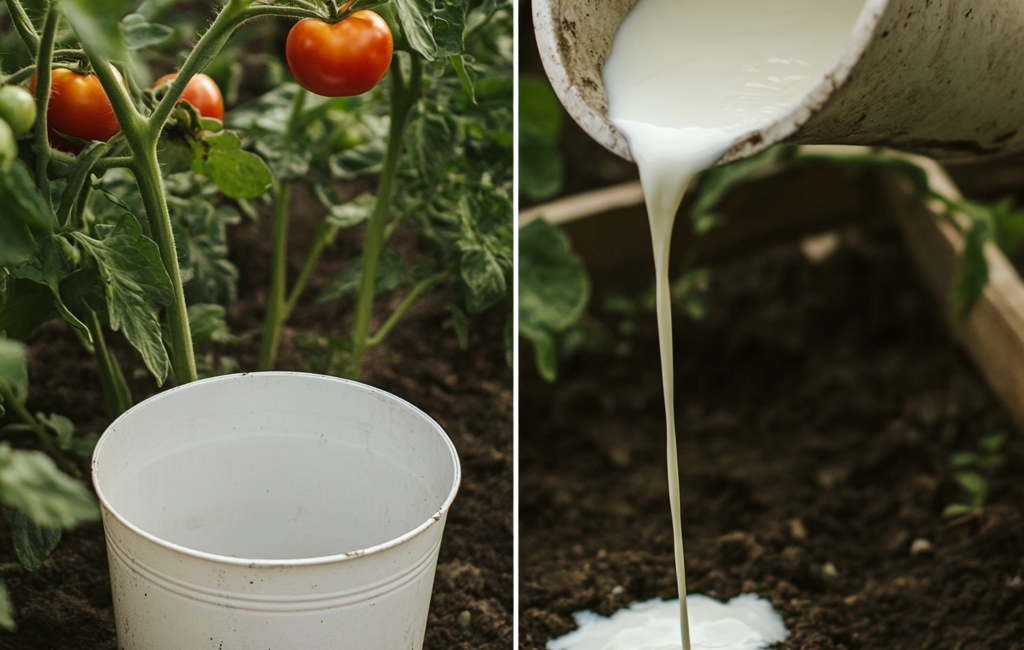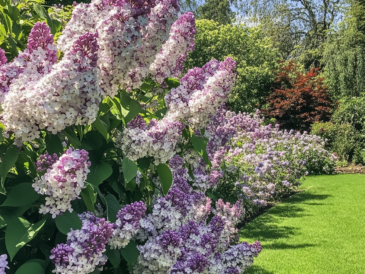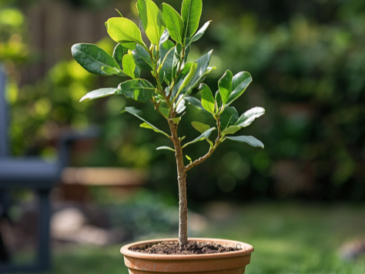Using yeast as a fertilizer is a straightforward process, similar to preparing bread dough. Here’s how you can harness the power of yeast to nourish your plants:
1. Prepare the Yeast Solution
To create a yeast-based fertilizer, you’ll need the following ingredients:
- 1 tablespoon of active dry yeast
- 1 tablespoon of sugar
- 4 cups of lukewarm water
Step-by-Step Instructions:
- Mix the yeast and sugar: Start by dissolving the sugar in lukewarm water. The sugar acts as a food source for the yeast, helping to kickstart the fermentation process.
- Add the yeast: Sprinkle the yeast into the sugar water and stir gently until it is fully dissolved.
- Let it ferment: Allow the mixture to sit in a warm place for about 30 minutes to an hour. You’ll notice bubbles and foam forming on the surface, indicating that the yeast is active and fermenting.
2. Dilute the Yeast Solution
Once the yeast solution is ready, it’s important to dilute it before applying it to your plants. The concentrated yeast mixture can be too strong if applied directly.
Dilution Ratio:
- For general use: Mix 1 cup of the fermented yeast solution with 1 gallon of water.
- For more sensitive plants: Use 1/2 cup of yeast solution per gallon of water.
3. Apply the Fertilizer
Now that your yeast fertilizer is prepared and diluted, it’s time to apply it to your plants. Here are some tips on how to do this effectively:
- Watering: Pour the diluted yeast solution at the base of your plants, focusing on the root zone. This method ensures that the nutrients are absorbed directly by the roots, promoting healthy growth.
- Foliar Spray: For an extra boost, you can also use the diluted yeast solution as a foliar spray. Spraying the leaves allows for quick absorption of nutrients through the stomata (small openings on the leaves).
- Frequency: Apply the yeast fertilizer once every two to four weeks during the growing season. This will provide a consistent supply of nutrients to your plants and help maintain soil health.




